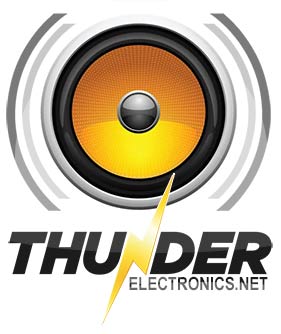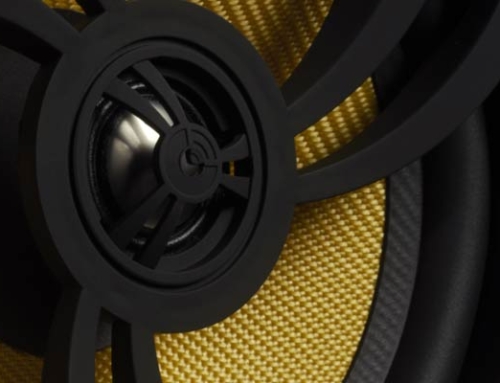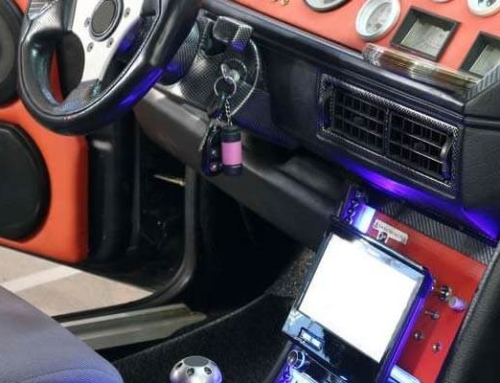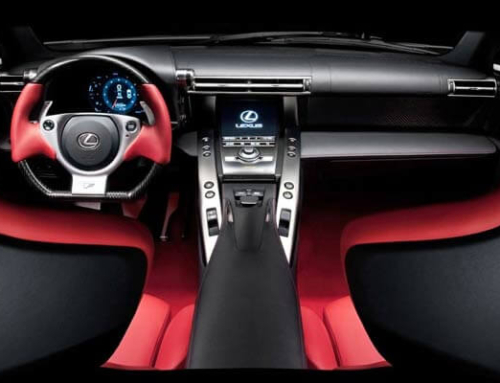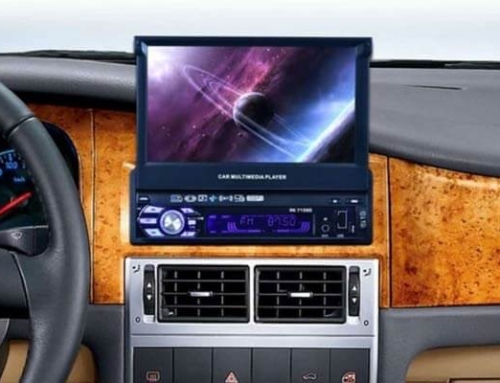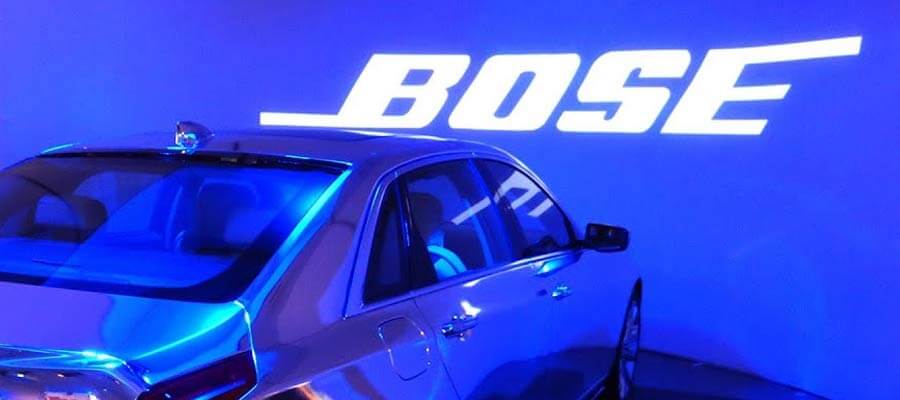
Before I got heavy into audio, or should I say, before I knew what audio was, I spent a lot of time at places like Circuit City listening to a lot of different speakers. Back then, the only kind of high-end audio store I had access to was a place called HeathKit. There they had a set of AR Research columns. I never got tired of hearing them. They sounded big and spacious. At the time, I had no idea that I was listening to what is known as sound stage and imaging.
Back at the Circuit City showroom, the only thing that came close was some Altec Lansing speakers, but they had them in an open space. Then there was the BOSE room. I never quite figured out why no matter where I went, they always had BOSE in a separate dedicated room. In that room, the sound was impressive, although they always played music I was unfamiliar with and often used a tape deck instead of a turntable as I did at home.
At the time, my home system consisted of a Pioneer SX-1010, a Technics 1200 with an Audio Technical needle, a TEAC tape recorder, Fisher 12″ 3-way towers for speakers A, and some Realistic Minimus 7 on speaker B for nearfield monitoring. I managed everything with a Realistic 5-channel DJ Mixer. This is nothing to write home about, but it sounded decent. Nice bass. The midrange was very detailed since the Fisher speakers were 3-ways with a 5″ sealed back midrange and nice crispy highs via the Phenolic ring tweeter.
The BOSE Bose Acoustimass Expererience
In my quest for better, bigger sound, I decided to pull the trigger and get the Bose Acoustimass 3 kit after mowing every yard within a five-block radius. This is a three-piece set consisting of 2 – 2. Inch satellites and a 5.25-inch sub is a six-order bandpass enclosure. I remember being super excited and driving slightly faster to hear them. I even purchased the thin Omni-Mount speaker stands the salesperson recommended for the satellites.
After spending my hard-earned cash on a Bose Acoustimass 3 kit and hooking them up, I realized I had been scammed. The bass was narrow and shallow. Like if the sub only played one frequency around 40Hz. It was also moody about its placement. Seem like right behind the door was the only place where the bass was somewhat satisfying. The satellites were no different. The high frequencies I could hear with my existing speakers were not there. There seemed to be a gap between the subwoofer and the satellites. The system sounded small, nowhere near how it sounded at Circuit City. The disappointment was multiplied several times after Circuit City refused to take the speakers back. This was my first disappointment with BOSE, but it would not be the last.
Several years later, and I started t make a little money, I treated myself to C4 Corvette, which also came equip with a factory premium BOSE system. Yes, it was a turnoff, but I had no choice since the car was used. I figure I could upgrade it at some point down the line. That point came sooner than later. After driving the Vette for about six months, the system developed a loud squeal from the right door speaker that lasted 30-40 seconds after starting the vehicle. After removing the module and taking it to a local car stereo repair shop called LAV Electronics, I was told that all the caps were leaking and some damage to the amplifier board had occurred. I ended up fixing the module and selling the car as is.
How I Became a BOSE Hater
In the early 90s, I became highly interested in auto sound competition and got heavily involved with an organization called IASCA. As with any hobby I have ever had, I when all in. This meant learning a lot about acoustics, room treatment, room modes, stage, imaging, etc. DVD had just come out, and home theater was in, so I started experimenting with DIY speaker building. From day one, and with the knowledge, I was able to build speakers that would trash the best BOSE has ever produced. A lot had to do with using quality components like foil caps, air inductors, and Jantzen audio-grade resistors, alone with braced MDF enclosure, and more.
Believe it or not, BOSE is made from the cheapest particle board available. More often than not, no ticker than .500 of an inch. The BOSE crossovers have cheap components such as sand cast resistors, iron core inductors, and electrolytic caps. All of these component amounts to nothing but a shallow, narrow sound stage, limited bandwidth, and midrange muddiness.
How is this possible, you may ask? Consumer Reports and Popular Mechanics rated the best! Well, it will take another 20 years to realize that Consumer Reports and Popular Mechanics are nothing short of misinformation propagation tabloids. I can’t tell you how many products my parents have purchased that I disagreed with because Consumer Report recommended them and ended up failing or underperforming.
I think many people BOSE without knowing about BOSE’s history. BOSE was founded by an MIT professor of Indian descend name Amar Bose. From day one, his focus was NOT acoustic but rather psychoacoustics (the scientific study of sound perception and audiology). In other words, Dr. BOSE was never interested in frequency response, transient, and many other things important to audiophiles. From day one, his goal was to try to fool your brains into what you are hearing – a sort of analog DSP of today.
When you A/B BOSE speaker to even entry-level audiophiles speakers, everything that is not there will become evident and one of the main reasons when there are so many acronyms associated with the brand. Some of the most popular are B-O-S-E (Buy Other Sound Equipment) and No-Highs, NO-Lows. It must be BOSE. Truth be told, BOSE is a gimmicky product for those not at all educated about quality sound.
